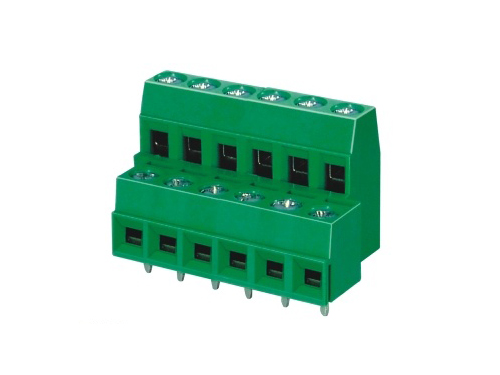Live detection performance of wiring terminals
1. Definition of live detection?
State monitoring is divided into two types: live detection and online monitoring.
Online monitoring: Use relevant equipment and instruments to be installed on the tested equipment year-round to detect the monitored equipment.
Live detection: Special testing instruments and instrument devices are used to detect potential faults in the electrical equipment being tested. Only detect the operating status of electrical equipment at the detection time, only perform electrical testing, and do not perform relay protection transmission testing.
2. What problems can be found in the equipment through live testing?
Live detection technology can detect all common problems that occur with electrical equipment during operation. Hazards such as partial discharge, heating, gas leakage, etc. that may cause major accidents.
3. Which devices are mainly targeted for live detection?
Live detection is mainly aimed at electrical primary equipment. Electrical equipment directly used for production, transportation, diversion, distribution, and consumption of electrical energy. It includes generators, transformers, circuit breakers, isolation switches, automatic switches, contactors, knife switches, busbars, transmission lines, power cables, reactors, motors, grounding, lightning arresters, filters, etc.
The live detection terminal can determine the most real usage status of the equipment at the measured state point, and determine whether it poses a hidden danger to the overall long-term and normal use of electrical equipment by the user, so that the power user can decide whether to repair, replace or take other relevant treatment measures, thereby eliminating the hidden trouble and effectively avoiding power accidents and unplanned power outages.

 Mobile website
Mobile website Scan and follow
Scan and follow
